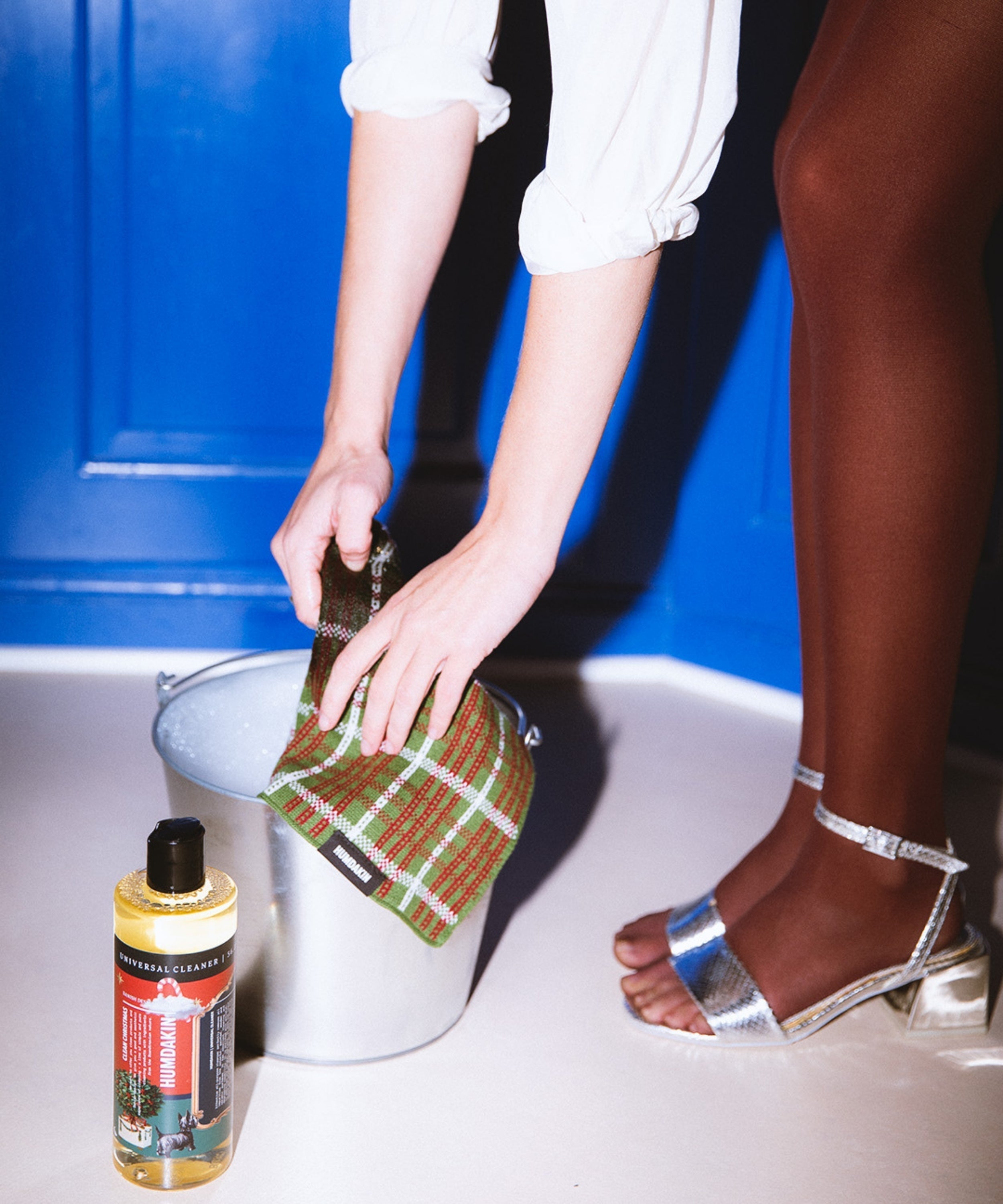When do you live responsibly, when do you make responsible choices and when is something responsible? At Danish brand Humdakin, they've swapped the word sustainability for responsibility, because in reality, nothing we do is sustainable. In this article, Humdakin's designer, Astrid, shares her thoughts on responsibility and interiors in an industry filled with passing trends.
What do environmental responsibility and the stock market have in common?
At first glance, it can be hard to find the connection, but in fact both are about long-term investments. Just like stocks, the design industry rises and falls in 'value'. When you buy a product that focuses on quality, timeless design and functionality, you are making a long-term investment. Although even timeless classics fluctuate in value depending on whether the product is trendy or not, it will never go completely out of fashion. These are the items that can stay with you for a lifetime and become valuable heirlooms that have ultimately delivered more value for money. It not only brings joy to yourself, but is also the best choice in the goal of a more responsible lifestyle. Another way to introduce responsible choices is to consider product longevity. Here, you can make sure to buy products that last longer so that more time passes before you have to dispose the packaging. At Humdakin, we've thought about this in all our products. For the same reason, our textiles are made from organic cotton in durable weaves and our liquid products are all concentrates. For example, Humdakin's Universal Cleaner provides 200 litres of cleaning water since you only need 5 ml for 500 ml of water.
Aesthetic responsibility embraces the imperfect
As a designer, I have been indoctrinated with responsibility throughout my education and career. Through this, I have adopted the idea of aesthetic responsibility, which permeates all Humdakin designs. Aesthetic responsibility is found in products that become more beautiful over time. That's why it's actually extremely important to set aside the trend and celebrate the timeless, which ultimately creates more joy over time. There should be room for traces of use and signs of life.
Now I've told you to stay away from passing trends as much as possible, but what defines a trend? A trend should be understood as a current in time. A phenomenon that takes place over a limited period of time. If, on the other hand, we put on the glasses of responsibility, the anti-trend and anti-trends arise, where we eliminate the need for temporary solutions.
"The trend is your friend, except at the end when it bends." - Ed Seykota, Trend trader
The short conclusion must therefore be that we as consumers need to rethink our approach to consumer culture. My advice is: Buy products that make you happy and that you will still be happy to look at in 5 years. Products that with their quality bring out the smile when used, and not just the first time it is used, but every single time. In my opinion, there is nothing more beautiful than the lasting and durable. This is where designs go from being an object to art.








